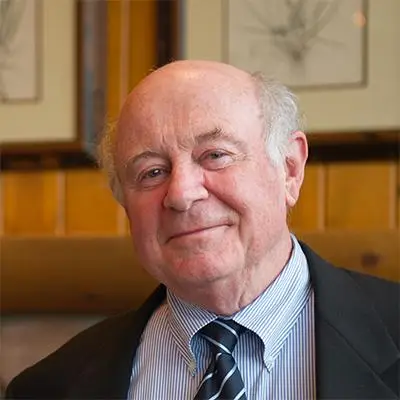Divisions about mask and vaccine mandates, in-person vs. remote learning, student discipline, and racism and anti-racism in the curriculum will make it difficult for schools to serve anyone well this year. In some localities, district and school leaders face a multi-dimensional catch-22, as any move they make is sure to outrage some group of parents, teachers, advocates, or party politicians. This is already evident in districts where conflicts have led to firing of superintendents and cancellation of school board meetings.
Local control and citizen involvement are nice generalities, but they are compatible with effective schools only if demands and value differences are modest. Schools require a degree of tacit acceptance of their goals, curricula, and methods. They can adapt on the margins, but they can’t handle pressures both to teach and avoid a particular subject or both to require and prevent a particular behavior (e.g., mask wearing). Educators have to teach something in particular and maintain a distraction-free environment for kids. Schools can’t survive if contending groups resort to violence or if large numbers pull kids out suddenly.
Early in the history of U.S. public education, it was clear that schools could not bridge differences of religion. So public schools were, at least in theory, designed to avoid religious teaching, while families who wanted faith-based schooling were free to create (and pay for) their own. Until lately, no other issue was as lastingly divisive as religion. De jure racial segregation came close, and some communities dominated by segregationists held out for a while. But determined efforts by Presidents and consistent messages from the Supreme Court helped set new norms.
Will the current divisions be short lived or will they, like religion, lead to a permanent split?
Only time will tell. The fact that current conflicts in many localities reflect national partisan agendas and deep-seated value conflicts is worrisome. So is the possibility of grassroots parent conflicts or taunting and bullying among students over mask wearing, politically correct language, or other hot-button issues.
Public schools in conflict-ridden areas can work this year if contenders can calm down and come to some sort of détente. Alternatively, groups can split off like the Catholics did in the late nineteenth century.
Détente requires that senior political and cultural figures desist from throwing gasoline on fires. It also means that communities need to restore something they once had—i.e., an arrangement whereby schools are both responsive to politics and insulated from them. Educators need to be free from the need to satisfy interest groups in the short run. Politics should affect their actions only gradually and with significant time lags.
By this argument, public education should be treated more like the judiciary, the Federal Reserve, the Federal Aviation Administration, or even the armed services. These entities operate without fine-grained political oversight, in part out of deference to expertise, but they remain democratically overseen institutions because elections and deep shifts in public sentiment ultimately affect them.
This is possible, but only if school boards operate as trustees rather than as micromanagers. These proposals limit elected officials’ ability to meddle in schools and issue ideological mandates, but preserve citizens’ ability to vote for the people who make consequential decisions on what mix of schools a community needs.
Temporary arrangements, such as Atlanta’s creation of learning pods for committed anti-masking families, could work as temporary expedients. But lasting division into separate school systems based on political preferences would be unstable, expensive, and dangerous. Unstable because new divisions might disrupt schools designed to cater to one side or the other of today’s issues—much as debates over mask requirements and teaching about race are now dividing religious schools. Expensive because militant parents today wouldn’t accept paying for their own schools like the Catholics once did. Schools and facilities would have to be created at a scale much greater than, say, today’s charters. And dangerous because the schools could hard-wire social and political divisions.
Partisan conflict, opposing parent militancies, and ideological absolutism stress our political system, but it might survive. These same forces will destroy public education in the most afflicted localities unless the contending sides recognize their common interest in educating children to be self-supporting and productive adults.
Governors, state education agency heads, and local superintendents might be the cool heads who bring things back together. But they will need to recognize the continued dangers of political and cultural polarization and find structural ways to insulate schools from them.




